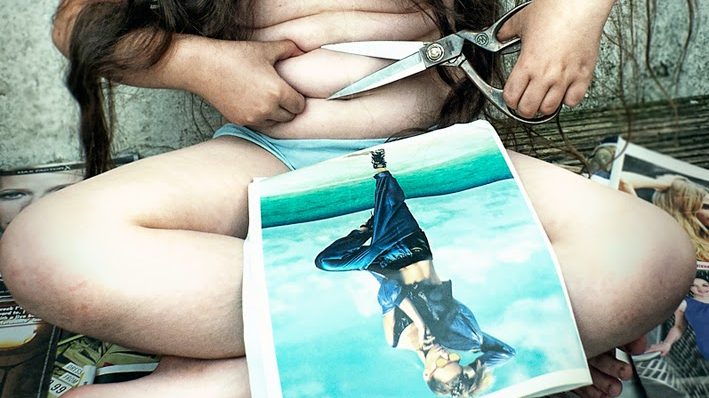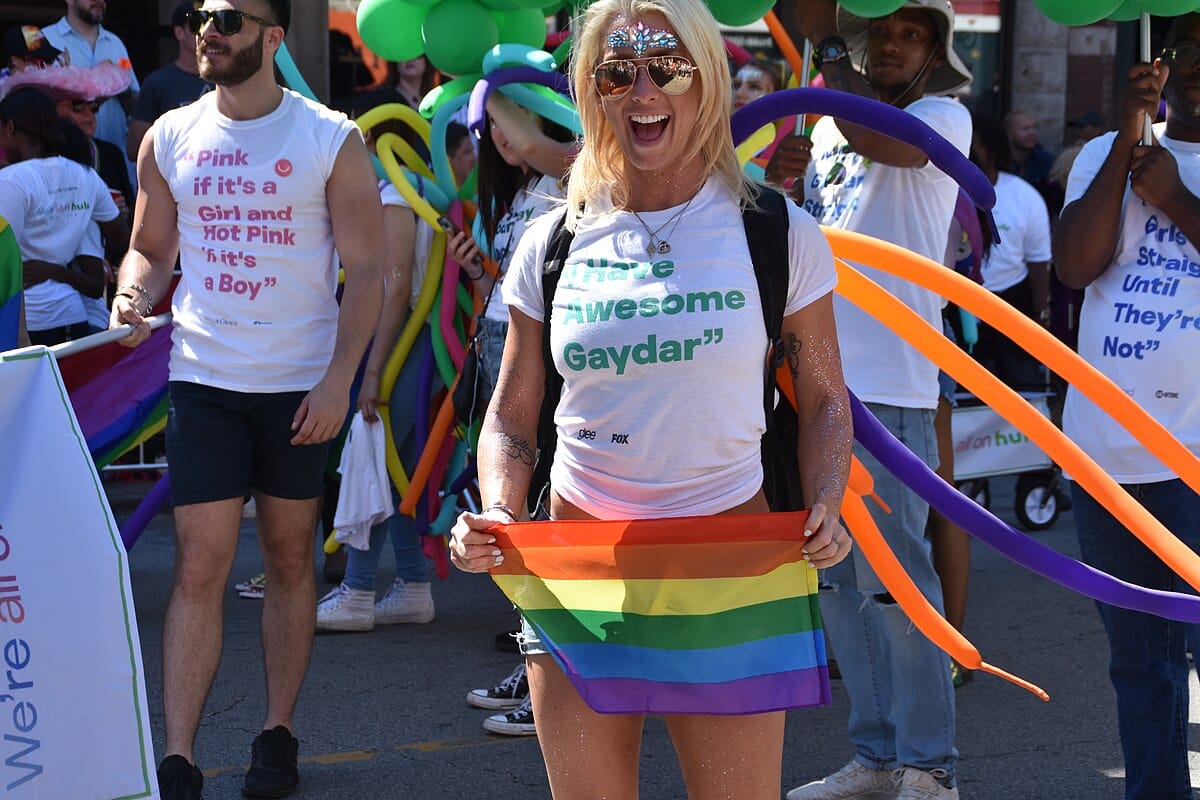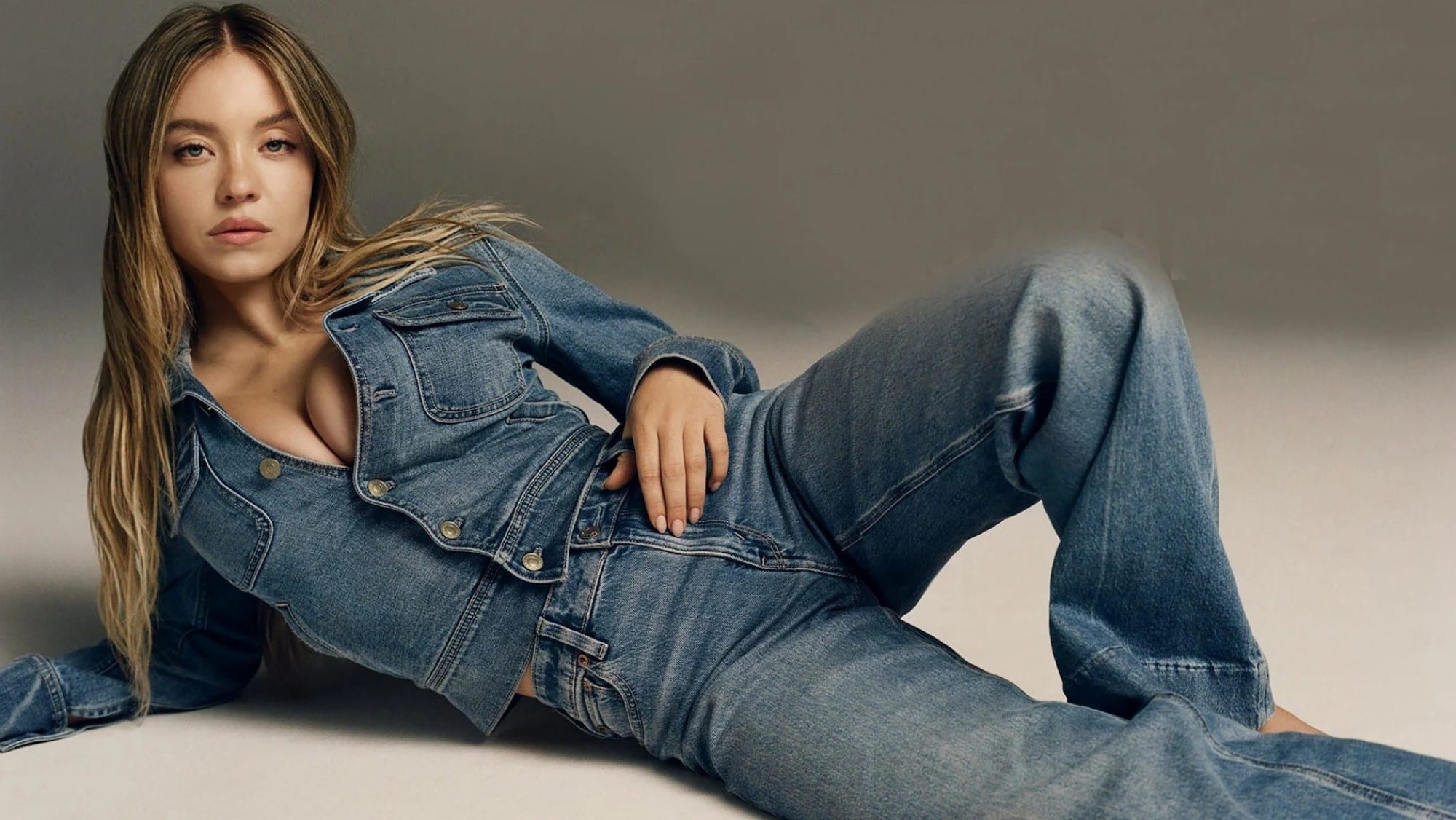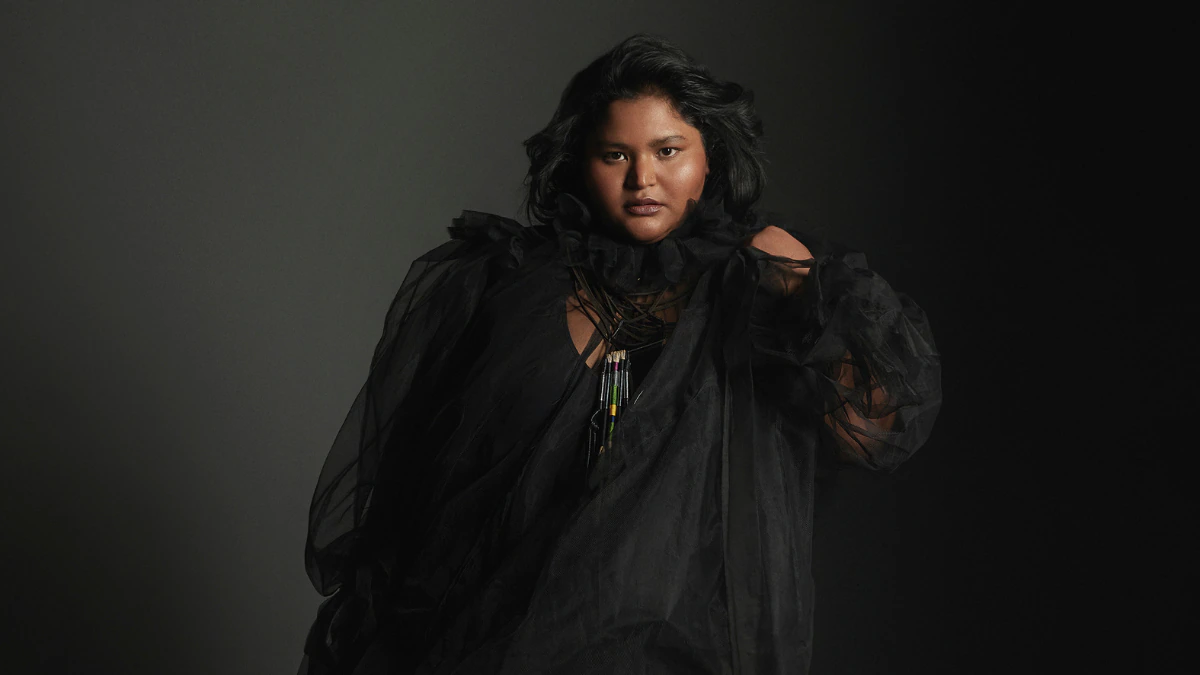The subtle realization that cute or beautiful kids were, for some inexplicable reason treated differently than the rest of the remarkably average plebeians, came to her at the tender age of nine. A fifth-grader, just embarking on her journey from becoming a harmlessly chubby pre-teen to an obese teenager, she was perplexed to witness the faulty wisdom of adults who were (if only slightly) softer with the cute ones. Perhaps it was the anxiety that skewed her perspective or just plain observation—beautiful people were treated better, they were blessed with greater bargaining power and their appearance could be used to manipulate situations in their favour. It may not necessarily be the intention of the said beautiful people, but it was certainly an oddity in the otherwise seemingly idealistic institution such as, school.
She was a dramatic kid, sure. She had a vivid, wild imagination, given. But she was not delusional. It was her keen observation and a brittle ego that perpetuated this fallacy of an idea of beauty in the following years. Up until this moment, she was rather unaware and indifferent about the way she looked. She knew she was scrawny; her skin was dusky and her front teeth were missing due to an unfortunate bottle opening incident a few months ago. A blunt haircut, a cotton hairband to keep her smooth, dull hair in place was what came to mind when she tried to envision herself from the perspective of a stranger.
Nothing else. She couldn’t, for the life of her, imagine her facial features, for she had somehow skipped measuring the details of it. But on this particular day, something within her shifted; her horizons expanded to accommodate a new dimension that was to define her identity—her physical being. She observed how happy the ladies in her colony were to see her beautiful new aunt, her youngest uncle’s wife. What a feat it was to witness her beauty, a singular moment of sensory pleasure for the audience! Showered with wholesome compliments and envious, censorious glances, the power of the worldly idea of beauty took its most grandiose form in front of this beautiful young girl.
beautiful people were treated better, they were blessed with greater bargaining power and their appearance could be used to manipulate situations in their favour.
There was this one time when her father cracked one of his famous jokes and she burst into cheerful laughter and while he laughed along with her, taking some modest pride in his sense of humour, he harmlessly pointed out to her that her teeth were “not white”. Not in her wildest fantasies had she anticipated such a response. She smiled, and waited for him to leave the room and as soon as he was gone, moved to the dressing table, smiling to check the colour of her teeth.
Also read: The Barbie Effect – Dolls, Beauty Standards and Body Image Issues
They were not yellow, no. But it took her a few years to smile without feeling conscious about what others might think of her teeth. She was particularly insecure about her hands and feet, which were, as was brought to her attention—manly and ugly, so choosing fancy shoes or wearing nail enamel was not a luxury she could afford. Although there were a few times when she did enjoy gazing at her reflection, furtively exploring her mother’s vanity case, covering her lips with the browns and the reds and talking to herself in the mirror. In those moments, she forgot about her “not white” teeth and her manly feet.
SHOWERED WITH WHOLESOME COMPLIMENTS AND ENVIOUS, CENSORIOUS GLANCES, THE POWER OF THE WORLDLY IDEA OF BEAUTY TOOK ITS MOST GRANDIOSE FORM IN FRONT OF THIS YOUNG GIRL.
It was only after she gained weight that she realized the vicious impact of one’s appearance and the symbolism attached to the bleak idea of ‘body’ in the world she lived in. Skinny meant healthy, fat meant lazy; fair skin meant beauty and dark skin meant inferiority. Makeup was confounding—using foundation meant hiding scars, scars were ugly, ugly was bad. Red lipstick meant slutty, tight clothes were banished. Her body was not supposed to be flaunted, it was to be hidden, as was the fair conclusion critically derived from her experiences so far. These were the unstated, omnipresent rules of the world and she kept following them mindlessly and fearfully, much as the young child who absorbed all the jarring, destructive lessons given to her by her teachers and her parents devoid of any scrutiny.
Her mother had been using Fair and Lovely for a few years now and she followed, sheepishly hoping that fairer skin would make her lovely. There was no visible change in her complexion, of course, but she did learn an important lesson—the endless information out there was misleading, norms were erroneous and stereotypes were slothful assumptions.
Also read: Why I Learnt To Decolonise Eurocentric Beauty Standards
She understood that her world was shaped by faceless organizations, manipulating the idea of beauty and selling the masses insecurities of every shape and form. She then decided to retreat, take her time to reevaluate what it meant to be human, and decide to create her own definition of beauty rather than re-telling someone else’s reductionist idea of it.
Featured Image Source: Temple Of Curve
About the author(s)
Priyanka is an unfulfilled engineer and an MBA graduate from IIM Indore. She is a writer, interested in carving the world through her biased lens, painting pictures with heavy imagery and highlighting the mundane, often ignored, but essential aspects of life. Her latest project is The Mental Indian, an attempt to de-stigmatize mental health in India, through stories, perspectives and conversations.




